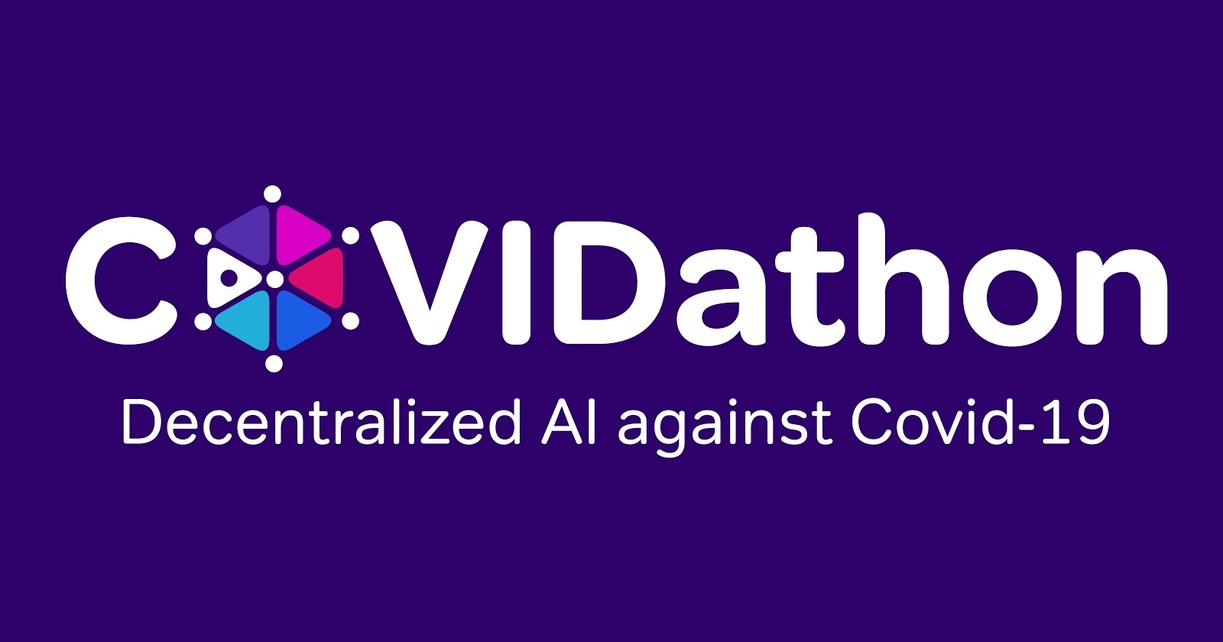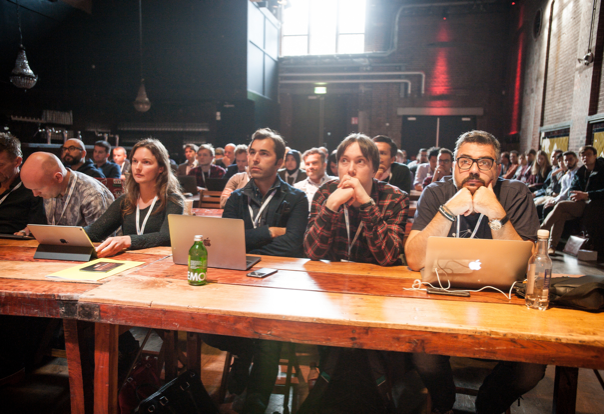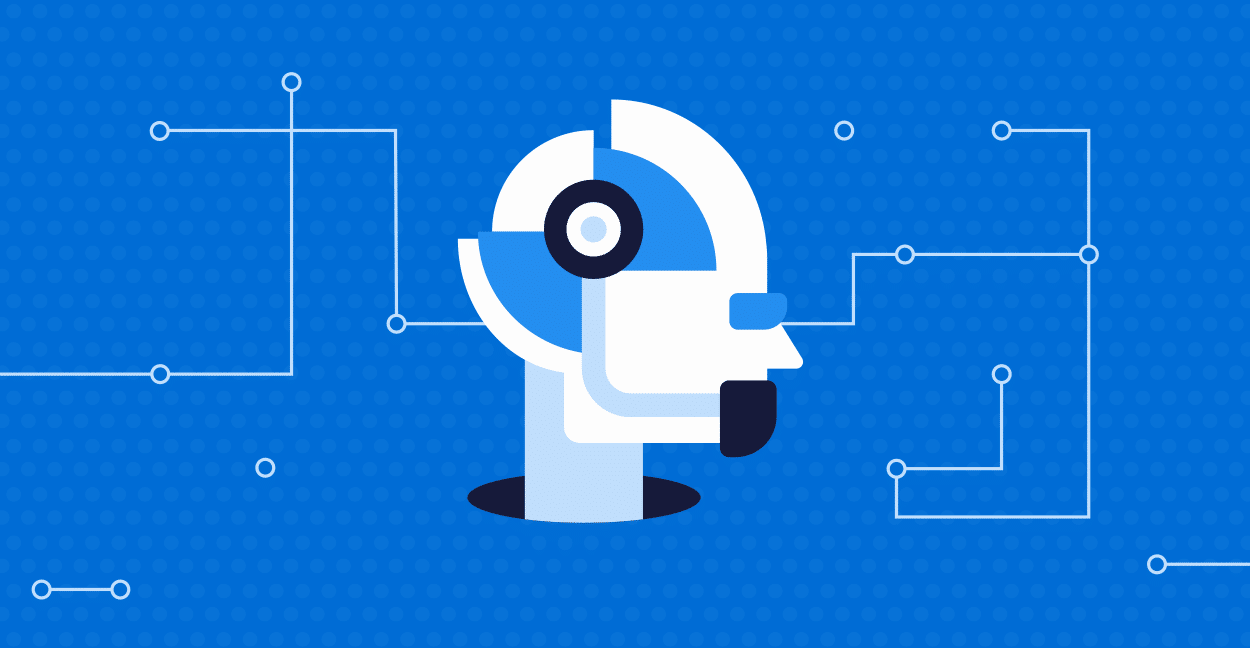Have you seen AI in ACTION? Get the real crux of what AI can do for your business. Your free AI In Action webinar series is here to help you do just that!
Featuring real-life projects delivered by some of the top AI brains in enterprise, find out how AI is redefining business paradigms and solving problems.
Topics: AI
Bringing technologists together to connect, collaborate, and learn about AWS
The AWS Summit Online is a free online event designed to bring the cloud computing community together to connect, collaborate, and learn about AWS. Learn how to choose the right database, modernize your data warehouse, and drive digital transformation using AI.
Topics: AI
Artificial Solutions' AI Powered Support, through Tiva.
Artificial Solutions® (SSME:ASAI), the leading specialist in enterprise-strength conversational AI, launched Tiva, a business-focused, artificially intelligent virtual assistant to allow public and private sector organizations to rapidly deploy much needed automated HR and IT support to employees working remotely due to the COVID19 pandemic.
It’s time to put AI to work for a more sustainable planet
World Summit AI has never shied away from big discussions. Our community of 52,000 multi-disciplinary experts, focused on solving real-life challenges using AI and emerging technology, have asked us for alternative opportunities to learn, debate and hear insights from experts – with one of the first suggested topics to be on how to put AI to work for the planet.
Topics: AI, AI For Earth
From the news we consume to our suggested Netflix content, algorithms are becoming increasingly influential on our day-to-day existence. But as more sectors recognise the economic potential of machines at large-scale application, the impact of technology is becoming far greater.
Today, machine learning models are frequently applied to guide decisions in areas such as assessing candidate risk in loan applications. Suddenly, a computer’s decisions have become far more than simply which films we’re most likely to enjoy. However, we often find that increasingly complex machine learning models lack ‘explainability’ — the professionals depending on them can’t interpret them.
Topics: AI, AI ethics, Data Science
It’s hard to think of a more buzzed about — or hotly competitive — technology over the last few years than artificial intelligence. As more companies push for new ways to implement deep learning and data science to reap the benefits of automation, it’s clear that an AI revolution isn’t coming: It’s already here.
If your company or organization has been waiting for practical, viable ways to implement AI in your business, there’s arguably never been a better time than now. Here’s how companies in three industries are using AI to make a tangible difference in their businesses.
How Frontline Medical Support are supporting our NHS
We are a group of doctors, most of whom are working frontline in the NHS in the fight against COVID-19. We have established this fundraise to provide much needed equipment and supplies to our frontline colleagues so that they have the necessary protection and tools to treat their patients.
Although the NHS is doing its best to order supplies, there are significant shortages at a local level. With a UK and International supply chain already in place, we have been sourcing and delivering PPE, masks, visors and sanitiser directly to staff since the last week of March. We have established a logistics network to supply medics in London, Birmingham, Manchester and Liverpool and we are delivering the equipment directly into the hands of the staff who need it. We need your support to keep the PPE coming as it is likely the situation will get worse in the UK before it gets better. Please give generously.
Topics: AI, HealthTech, COVID-19
DAIA launches #COVIDathon to support the medical community with solutions against COVID-19
The AI Community brings together hackers, doctors and biologists to build tech solutions addressing the global pandemic.
- SingularityNET and Ocean Protocol come together to leverage AI for social impact and launch DAIA’s first hackathon.
- Backed by world-class experts in data privacy, artificial intelligence, genetics, healthcare, blockchain.
- The eight-week hackathon features four tracks including Data Privacy, Epidemiology & Medicine, Informational & Coping Tools, and Open Innovation.
Topics: AI, Press Release, Medicine, Machine Learning, COVID-19
Dear WSAI community,
Welcome to your new (and free) World Summit AI webinar series.
We are bringing AI experts to you from a range of businesses to go beyond the buzz and hype, share their developments, real-life use cases, successes, challenges and the resultant impact on their businesses.
Topics: AI
The Challenges of Operationalizing AI Models With Real-Time Business Data
Even though the AI acronym is on the lips of every data scientist, IT manager and developer hungry for new technologies, the term has its origins around the middle of the last century. After the first reference to AI in the late 1950’s, a couple of years passed before people could grasp what it was really about, and got a taste of what it was.
In the late seventies, we became aware of the notion of artificial intelligence through the well-known Star Wars, Terminator, Robocop, Alien and Blade Runner movies. Above and beyond the blend of science fiction and action, these movies depict visionary scenarios involving AI and its various components. This era coincides with the decreasing cost of AI computing, and its increasing accessibility.
Topics: AI, Machine Learning, Business, business data, operationalizing AI, AI models
.png?width=259&name=WSAI%20Amsterdam%20Orange%20no%20dates%202000x300%20(1).png)
.png?width=263&name=IM_Mothership_assets_LOGO_MINT%20(2).png)

.png)








